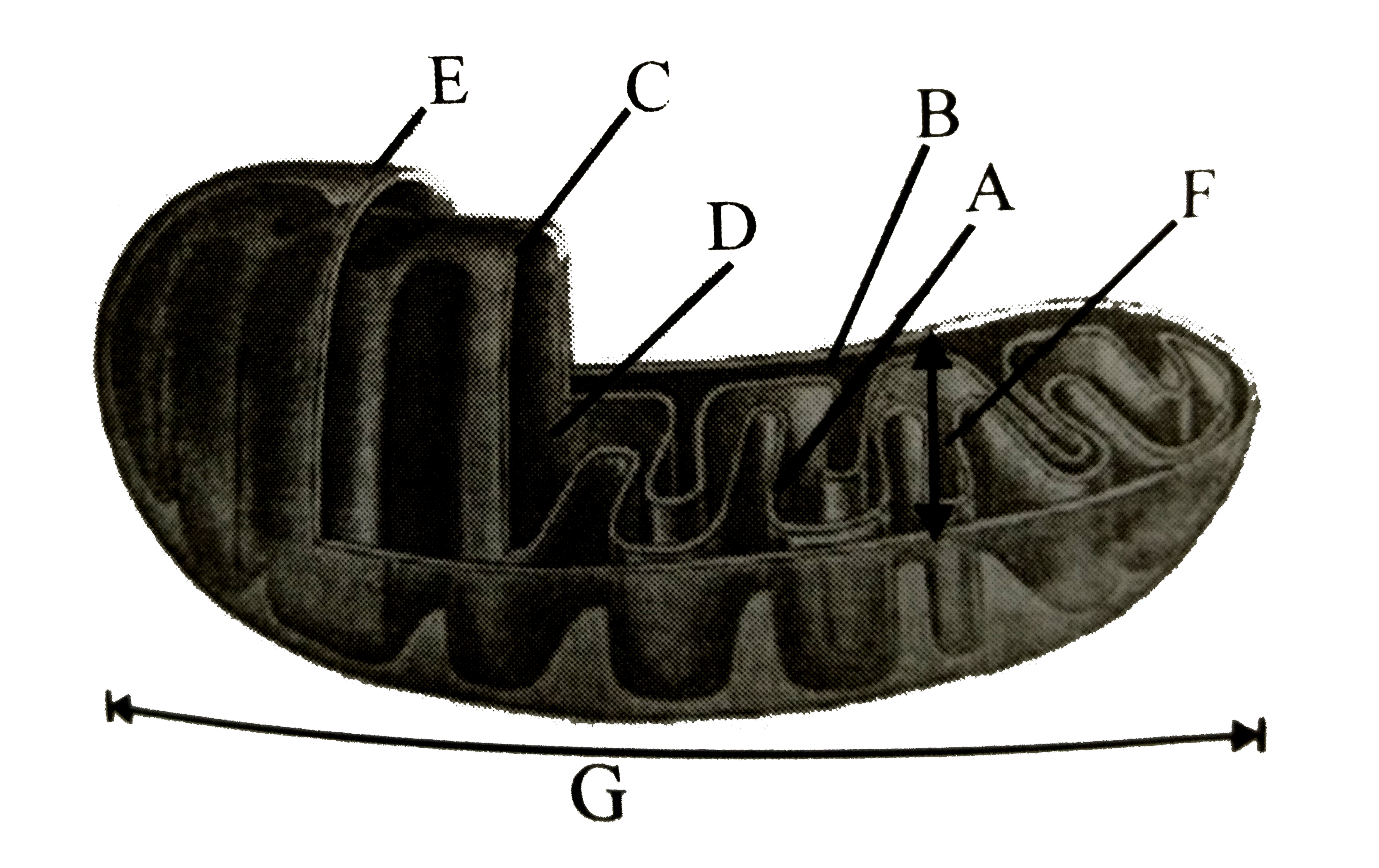Circular DNA occurs in
Bacteria only
Bacteria and chloroplasts
All viruses
Bacteria, chloroplasts and mitochondria
The correct Answer is:D
Step-by-Step Solution:
1. Understanding Circular DNA: Circular DNA is a type of DNA molecule that forms a closed loop. It is commonly found in prokaryotes, such as bacteria, and in certain organelles of eukaryotic cells.
2. Identifying Organisms with Circular DNA:
- Bacteria: Most bacteria possess circular DNA as their genetic material. This is a defining characteristic of prokaryotic organisms.
- Chloroplasts and Mitochondria: These are organelles found in eukaryotic cells. Both chloroplasts (found in plant cells) and mitochondria (found in all eukaryotic cells) contain their own DNA, which is also circular. This is due to the endosymbiotic theory, which suggests that these organelles originated from free-living bacteria.
3. Evaluating the Options:
- Option A: Bacteria only - This is incorrect because chloroplasts and mitochondria also contain circular DNA.
- Option B: Bacteria and chloroplasts - This is partially correct but misses mitochondria, which also has circular DNA.
- Option C: All viruses - This is incorrect as viruses can have either circular or linear DNA, and not all viruses contain circular DNA.
- Option D: Bacteria, chloroplasts, and mitochondria - This is the correct answer as it includes all entities known to contain circular DNA.
4. Conclusion: The correct answer to the question "Circular DNA occurs in" is bacteria, chloroplasts, and mitochondria.
---
- Bacteria: Most bacteria possess circular DNA as their genetic material. This is a defining characteristic of prokaryotic organisms.
- Chloroplasts and Mitochondria: These are organelles found in eukaryotic cells. Both chloroplasts (found in plant cells) and mitochondria (found in all eukaryotic cells) contain their own DNA, which is also circular. This is due to the endosymbiotic theory, which suggests that these organelles originated from free-living bacteria.
- Option A: Bacteria only - This is incorrect because chloroplasts and mitochondria also contain circular DNA.
- Option B: Bacteria and chloroplasts - This is partially correct but misses mitochondria, which also has circular DNA.
- Option C: All viruses - This is incorrect as viruses can have either circular or linear DNA, and not all viruses contain circular DNA.
- Option D: Bacteria, chloroplasts, and mitochondria - This is the correct answer as it includes all entities known to contain circular DNA.
Topper's Solved these Questions
- STRUCTURE OF THE CELLBOOK - DINESH PUBLICATION ENGLISHCHAPTER - STRUCTURE OF THE CELLEXERCISE - Check your Grasp
17 Videos
- STRUCTURAL ORGANISATION IN ANIMALS BOOK - DINESH PUBLICATION ENGLISHCHAPTER - STRUCTURAL ORGANISATION IN ANIMALS EXERCISE - Check your grasp
10 Videos
- THE CELL : THE BASIC UNIT OF LIFE BOOK - DINESH PUBLICATION ENGLISHCHAPTER - THE CELL : THE BASIC UNIT OF LIFE EXERCISE - CHECK YOUR GRASP
12 Videos
Similar Questions
Knowledge Check
Assertion: Extranuclear DNA occurs in the cytoplasmic matrix.
Reason: It leaks out via nuclear pores into the cytoplasm.AIf both Assertion and Reason are true and the Reason is the correct explanation of the Assertion.BIf both Assertion and Reason are true and the Reason is not the correct explanation of the Assertion.CIf Assertion is true but the Reason is false.DIf both Assertion and Reasom are false.How many fragments will be generated on the digestion of a closed circular DNA molecule with a restriction enzyme having six recongnition sites on the DNA ?
A5B7C6D9
Circular single stranded DNA occurs in bacteriphage
View SolutionCircular DNA is present in
View SolutionSelect the option that excludes characteristics applicable to plasmids
a. Circular DNA
b. Linear DNA
c. Present in all bacteria
d. Contain essential genes
e. Extra chromosomal self-replicating
View SolutionExtra chromosomal DNA occurs in
View SolutionRepetitive DNA occurs in
View Solution70S ribosomes, chromatophores and circular DNA, are found in
View Solution

